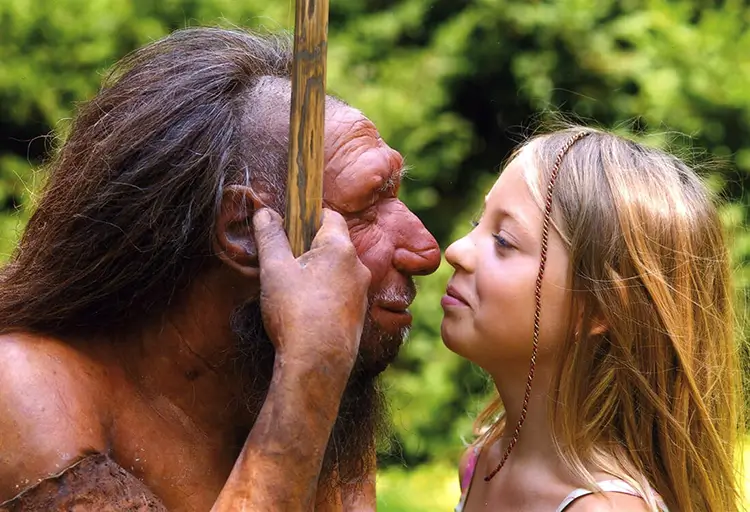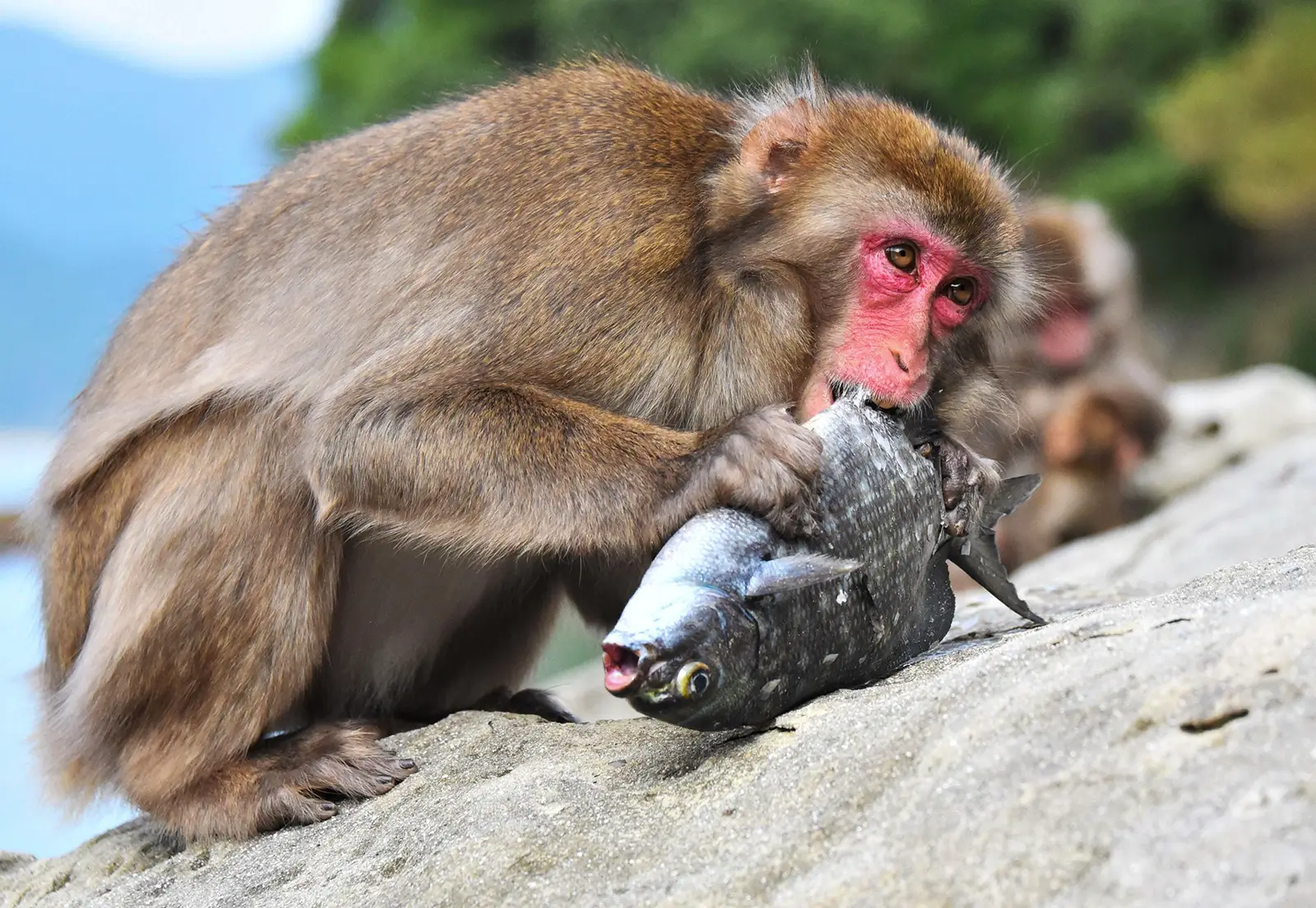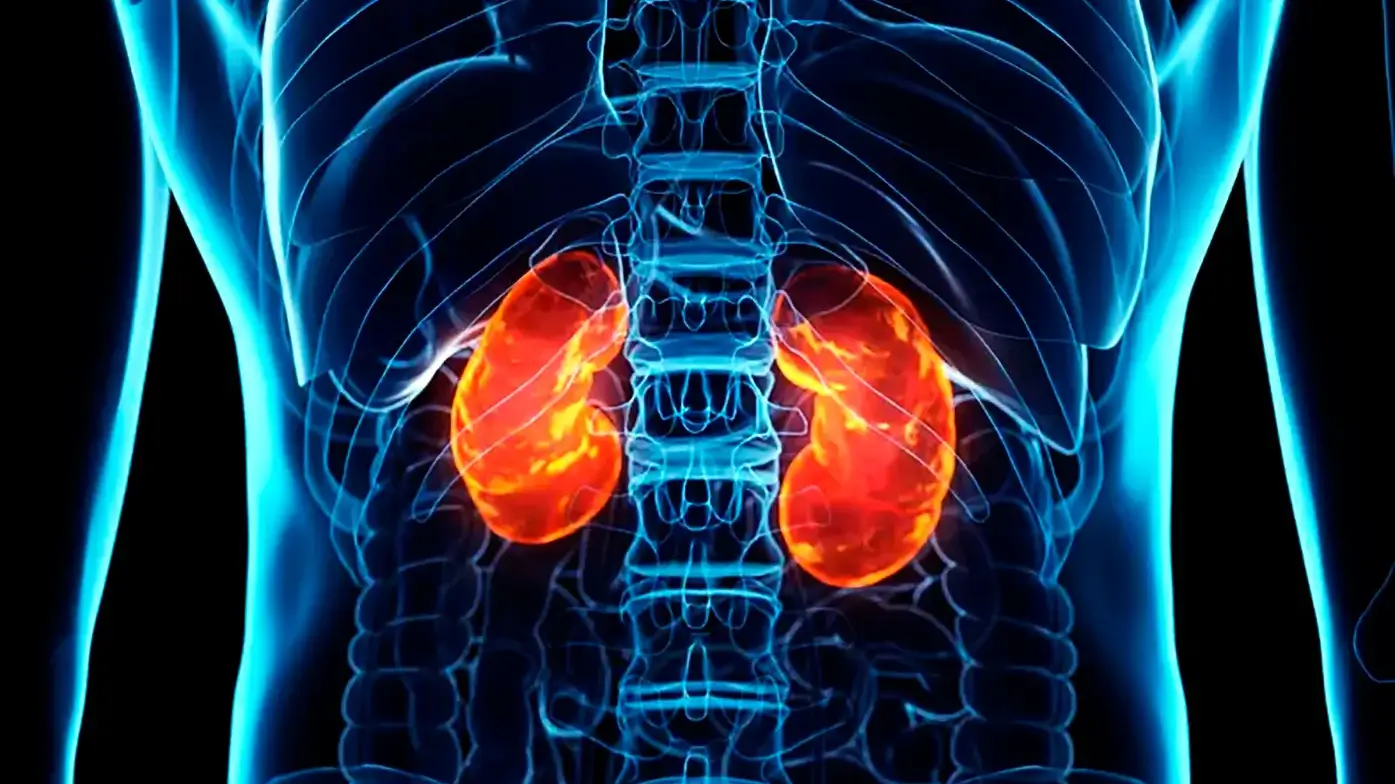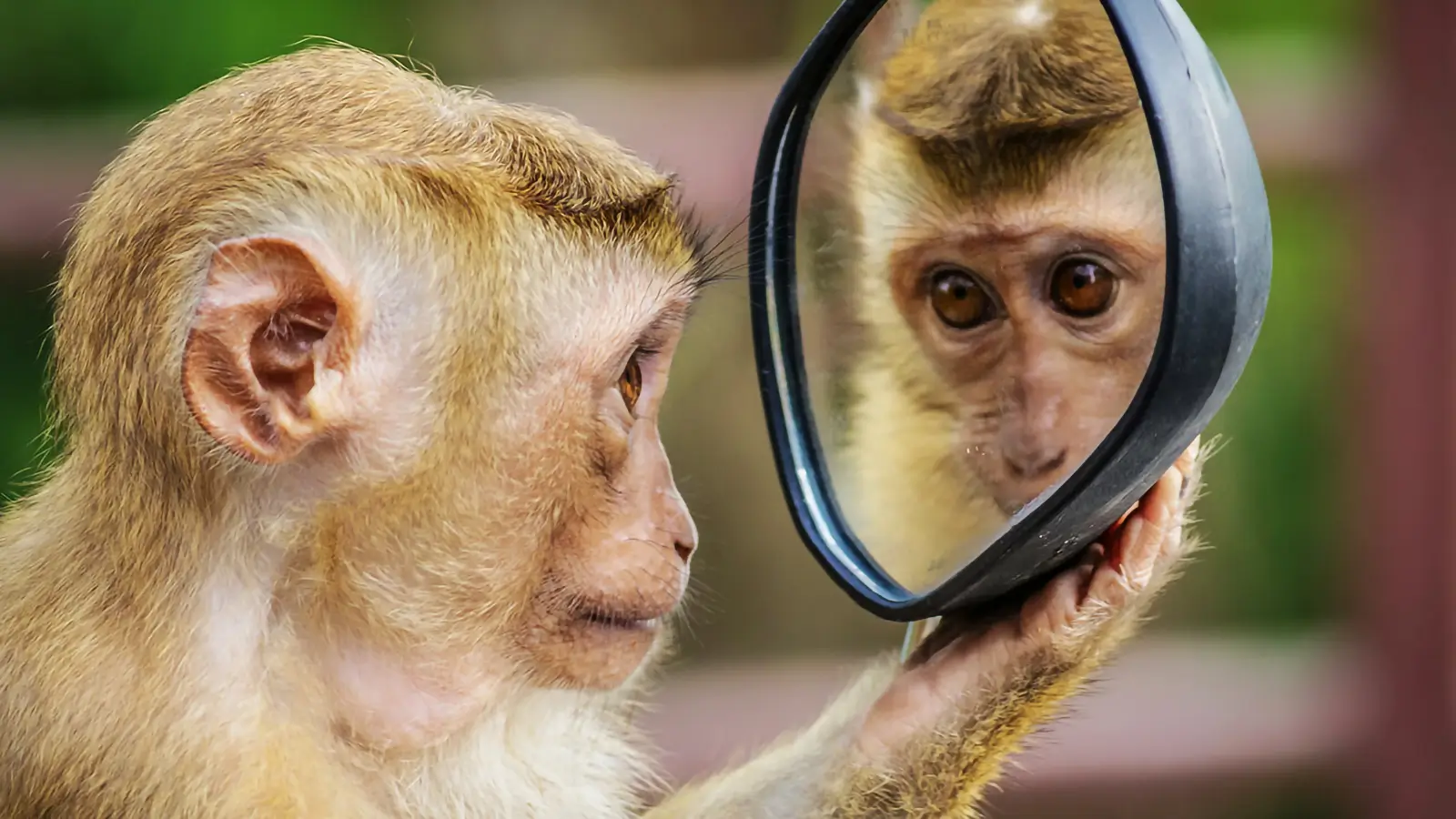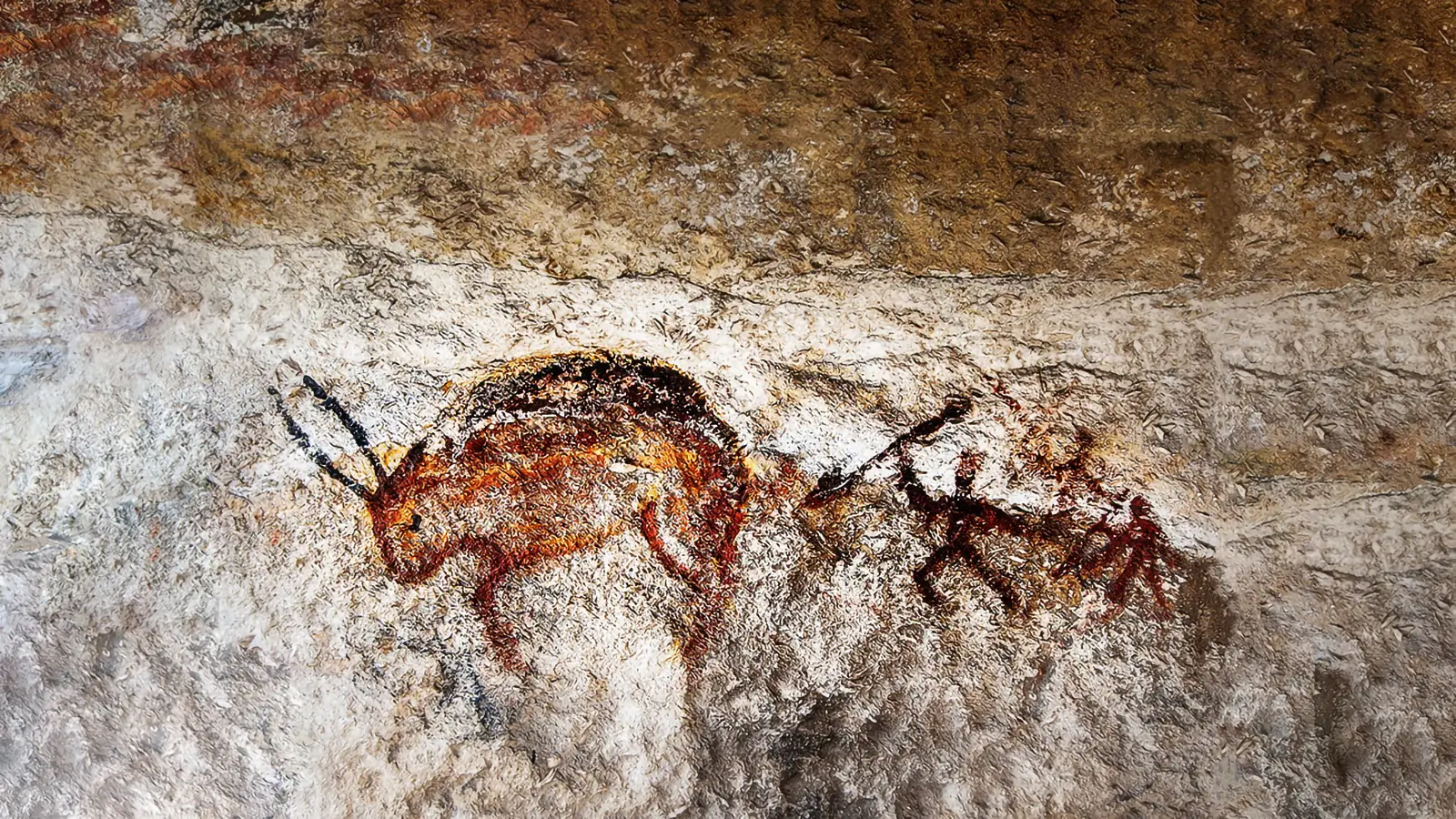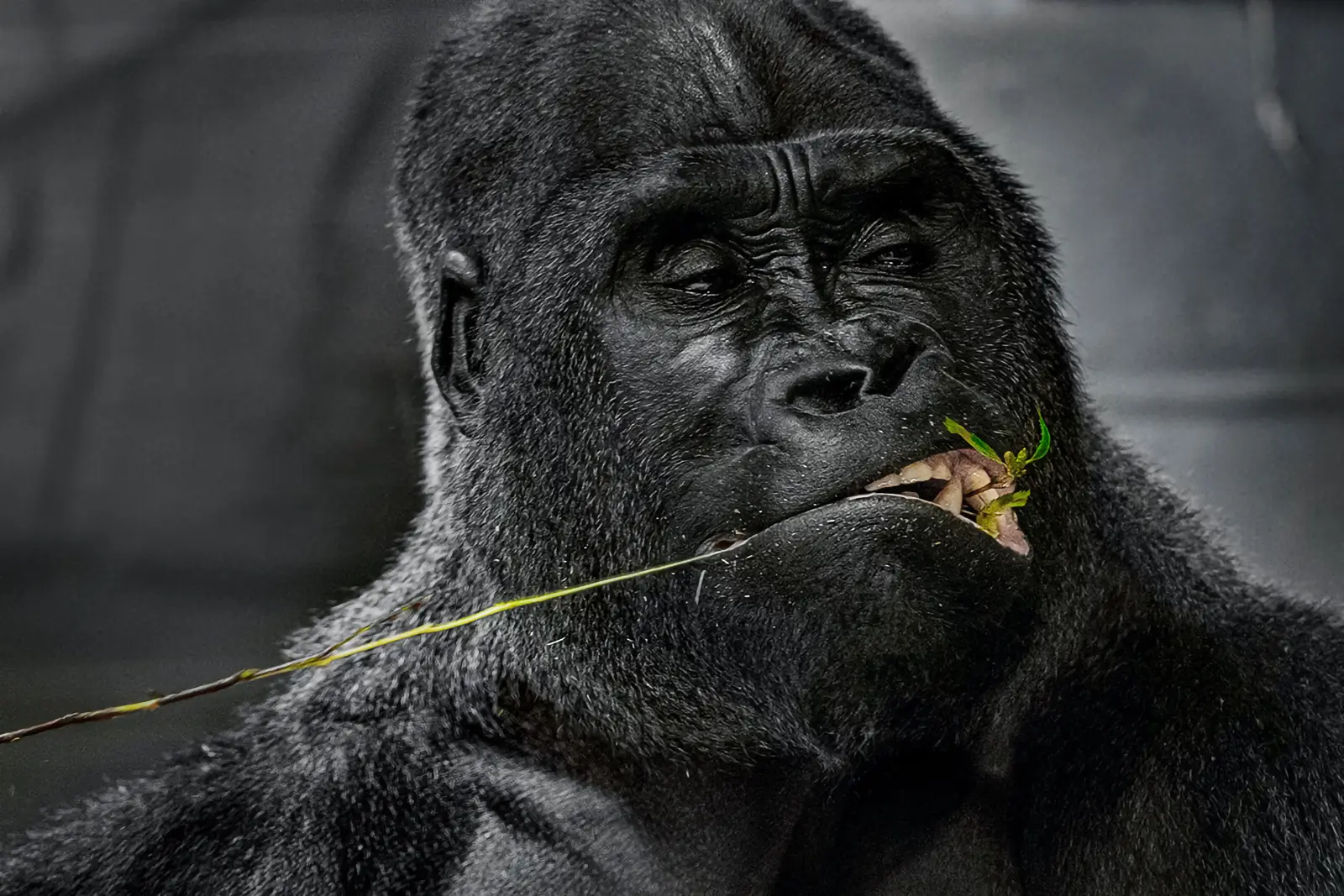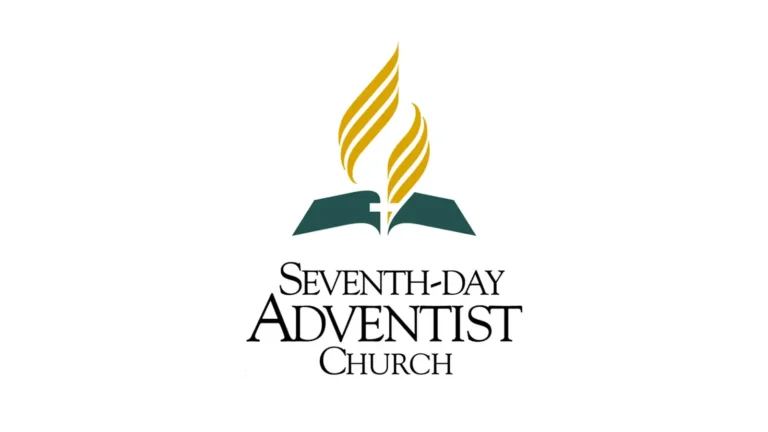Vegan Neandertais? A verdade sobre o real Neandertal dieta
Uma típica representação de Neandertais imagens-los como matar o mamute lanoso. No entanto, uma placa bacteriana conta uma história diferente sobre a dieta dos Neandertais
Milos Pokimica
Escrito por: Milos Pokimica
Revisto Clinicamente Por: Dr. Xiùying Wáng, M.D.
Actualizado em 9 de Junho de 2023A representação estereotipada dos Neandertais retrata-os como matando o mamute lanoso. Há provas arqueológicas que sustentam uma tese de que a dieta neandertal era carnívora mesmo ao mesmo nível que os ursos polares, que incluía refeições pesadas em grandes herbívoros como o mamute lanoso, renas, e rinoceronte lanoso.
No entanto, os dentes de Neanderthal contam uma história diferente. A placa dentária é utilizada para analisar os amidos e proteínas que foram preservados na placa. Quando investigados, os padrões de desgaste dos seus dentes sugerem uma dieta variada. A dieta também variou em função de um local com diferenças regionais significativas. Em algumas áreas, os estudos implicam que os Neandertais consumiam principalmente plantas, possivelmente incluindo medicinais.
A descoberta significativa veio quando os cientistas analisaram os restos mortais de Neandertais de El Sidrón, Espanha. Os Neandertais de El Sidrón mostraram zero sinais de consumo de carne. Não uma pequena quantidade, mas um zero completo. Em vez de carne, obtiveram calorias de alimentos vegetais recolhidos na floresta. A placa dentária foi preenchida com restos de diferentes tipos de nozes, cogumelos, e musgo. Os veganos de Neanderthal, como poderia isso caber na típica imagem aceite? E as proteínas e o b12?
A placa dentária é uma ferramenta muito útil porque pode preservar o material genético dos alimentos que os animais comem para análise. Laura Weyrich, da Universidade de Adelaide, e uma equipa de investigadores conseguiram obter uma visão incrivelmente precisa das espécies vegetais e animais que os Neandertais comiam. Analisaram três amostras. Dois fósseis obtidos eram da gruta de El Sidrón, em Espanha, incluindo o potencial aspirina-popper, enquanto um era da gruta Spy, na Bélgica (Gruta de Sidrón... Wikipedia). A análise provou mais uma vez a completa diversidade dos alimentos dependendo da ecologia do habitat local que estava na linha da teoria do forrageamento óptimo (OFT).

A dieta do Neandertal não existia na sua essência. A dieta dependia do local onde os Neandertais em questão viviam. Os belgas, por exemplo, seguiam o padrão de alimentação rica em carne porque tinham de o fazer. Foi descoberto material genético de ovelhas selvagens, rinocerontes lanudos e alguns cogumelos na placa dentária, bem como alguns ossos de cavalos, mamutes, renas e rinocerontes na gruta. Os ossos contam a mesma história que a placa dentária: estes grupos eram caçadores. No habitat belga, não procuravam alimentos vegetais porque não havia nenhum para encontrar. Tiveram de se adaptar para sobreviver ao clima frio e estéril através da caça. Provavelmente também não gostavam muito.
Os Neandertais espanhóis pareciam ter uma vida mais confortável. Eram hippies frescos e vegetarianos Neandertais. A verdade sobre a verdadeira dieta Neandertal é que eles comem em grande parte cogumelos, pinhões, musgo, e outros tipos de comida que obteríamos da forragem numa floresta. Assim, os Neandertais do norte eram caçadores, e os Neandertais do sul eram forrageiros.
O que nos dizem estas provas? Um dos Neandertais de Espanha parecia ter um abcesso dentário e um insecto estomacal e era auto-medicante com álamo (Populus alba), um analgésico natural contendo ácido salicílico, o mesmo ingrediente activo na aspirina. O indivíduo também tinha consumido o molde produtor de antibióticos Penicillium. Isto é, dezenas de milhares de anos antes do Dr. Alexander Fleming utilizar uma estirpe de Penicillium para desenvolver o primeiro antibiótico, revolucionando a medicina moderna. Se queremos falar sobre os fundadores da medicina, bem, que tal antibióticos e aspirinas que estalam Neandertais?
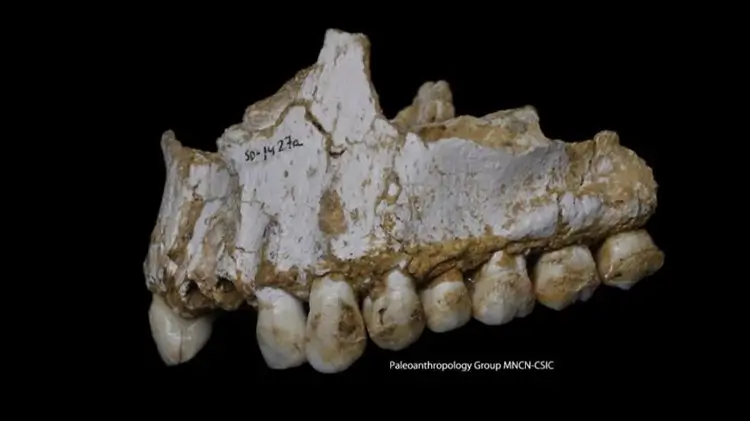
Um outro aspeto foi interessante. A equipa de Weyrich também conseguiu sequenciar completamente um micróbio em particular, chamado Methanobrevibacter oralis, que carece de genes para resistir aos anti-sépticos e digerir a maltose. Com o tempo, este micróbio adaptou-se à higiene e alterou as dietas humanas. A equipa de Weyrich calculou que a estirpe Neandertal se separou da encontrada nos humanos modernos entre 112 000 e 143 000 anos atrás, o que sugere que os dois grupos trocavam Methanobrevibacter provavelmente quando tinham relações sexuais.
Porque é que os grupos de Neandertais que vivem no Sul são veganos? Provavelmente porque podem. Havia um ambiente muito mais amigável e um clima mais ameno com mais fontes de alimento. Os Neandertais veganos não são um grupo moral de indivíduos que decidiram ir à base de plantas como uma escolha pessoal de identidade. É uma escolha de sobrevivência. Se tivéssemos algo que pudéssemos comer crescendo ao lado da nossa caverna, iríamos caçar? Aplicando apenas estratégias óptimas de forragem, temos a resposta. Os neandertais eram anatomicamente mais vegetarianos do que carnívoros, mas nas zonas setentrionais durante a Idade do Gelo, o clima era agreste e tiveram de se adaptar e isso levou algum tempo. Tanto os Neandertais como os humanos modernos evoluíram a partir do Homo erectus. O Homo erectus era uma espécie herbívora. As primeiras ondas de migração conhecidas de H. Erectus para a Eurásia datam de há 1,81 milhões de anos. A investigação genética do relógio molecular tinha colocado o tempo de divergência entre o Neandertal e as linhagens humanas modernas de 800.000 a 400.000 anos atrás. Por esta razão, a maioria dos estudiosos acredita que os Neandertais descendem, via Homo heidelbergensis. A população Homo erectus que permaneceu em África teria evoluído através do Homo rhodesiensis intermediário, em humanos anatomicamente modernos há 300.000 anos atrás ou antes.
Neanderthal evoluiu na Europa e os seres humanos evoluíram em África e existem algumas pequenas diferenças fisiológicas. Os Homo sapiens têm arcas mais pequenas em forma de barril e pélvis estreitas. Os Neandertais tinham torsos em forma de sino com pélvis mais largas. A explicação convencional tem sido que os Neandertais precisavam de mais oxigénio devido ao clima mais frio, pelo que os seus corpos cresceram para suportar um sistema respiratório maior. Mas isto está errado. Vivendo no clima frio da Eurásia há 300.000 a 30.000 anos, os Neandertais instalaram-se em lugares como os Urais Polares e o sul da Sibéria. No meio de um Inverno de tundra, sem que se encontrassem fontes de alimento vegetal, a carne animal feita de gordura e proteínas continuava a ser a única fonte de energia. Embora a gordura seja mais fácil de digerir, ela é escassa em condições de frio. Os animais de presa queimaram as suas reservas de gordura durante o Inverno e tornaram-se muito mais magros. Deve concluir-se que os Neandertais devem ter consumido uma grande quantidade de proteína animal.
A proteína coloca enormes exigências Os seres humanos têm um limite máximo de proteínas de 35 a 50% das calorias da sua dieta. Os seres humanos têm um limite máximo de proteínas entre 35 e 50 por cento das calorias da nossa dieta. Comer muito mais do que isso pode ser perigoso. Os corpos dos Neandertais encontraram uma forma de utilizar mais proteínas, aumentando o fígado e os rins. O peito e a pélvis também se alargaram para acomodar estes órgãos mais robustos, dando-lhes um aspeto distinto. Se olharmos hoje para os povos inuítes, a sua dieta subsiste, por vezes, apenas de carne e nada mais, e eles têm fígados e rins maiores e costelas mais compridas do que a média dos europeus. Para sobreviver à escassez de gordura, os Neandertais especializaram-se também, sem dúvida, na caça de animais de grande porte, como os mamutes. Estes retêm a gordura durante mais tempo em condições precárias e requerem menos energia e velocidade para matar do que as presas mais pequenas e mais rápidas. Os mamutes são demasiado grandes para fugir ou evadir-se, e basta matar um para nos banquetearmos durante meses, porque a carne não se estraga em temperaturas negativas constantes. Mas, à medida que estas mega-feras foram desaparecendo, os Neandertais tiveram provavelmente dificuldade em perseguir presas mais pequenas e mais rápidas. Na parte sul, como em Espanha, seguiram o velho caminho vegan.
O que é que tudo isto nos diz sobre nós? Não tivemos, ao longo dos milénios de vida no clima setentrional da Idade do Gelo, de nos adaptar a uma dieta rica em carne, até certo ponto. Evoluímos em África a partir de uma linhagem vegana baseada num plano de 60 milhões de anos. Os humanos modernos deixaram África pela primeira vez há 100.000 anos, numa série de ondas migratórias lentas, e chegaram ao sul da Europa há cerca de 80.000-90.000 anos.
Portanto, o que é a verdadeira dieta paleo?
Referências:
Passagens seleccionadas de um livro: Pokimica, Milos. Go Vegan? Revisão da Ciência-Parte 1. Kindle ed., Amazon, 2018.
Publicações Relacionadas
Você tem alguma dúvida sobre saúde e nutrição?
Eu adoraria ouvir de você e respondê-las em meu próximo post. Agradeço sua contribuição e opinião e espero ouvir de você em breve. Eu também convido você a siga-nos no Facebook, Instagram e Pinterest para mais conteúdos sobre dieta, nutrição e saúde. Pode deixar um comentário e ligar-se a outros entusiastas da saúde, partilhar as suas dicas e experiências e obter apoio e encorajamento da nossa equipa e comunidade.
Espero que este post tenha sido informativo e agradável para si e que esteja preparado para aplicar os conhecimentos que aprendeu. Se achou este post útil, por favor partilhá-lo com os seus amigos e familiares que também possam beneficiar com isso. Nunca se sabe quem poderá precisar de alguma orientação e apoio no seu percurso de saúde.
– Você Também Pode Gostar –

Aprender Sobre Nutrição
Milos Pokimica é médico de medicina natural, nutricionista clínico, escritor de saúde e nutrição médica, e conselheiro em ciências nutricionais. Autor da série de livros Go Vegan? Revisão de Ciênciaopera também o website de saúde natural GoVeganWay.com
Medical Disclaimer
GoVeganWay.com traz análises das pesquisas mais recentes sobre nutrição e saúde. As informações fornecidas representam a opinião pessoal do autor e não pretendem nem implicam substituir aconselhamento, diagnóstico ou tratamento médico profissional. As informações fornecidas são apenas para fins informativos e não se destinam a servir como substituto para consulta, diagnóstico e/ou tratamento médico de um médico ou profissional de saúde qualificado.NUNCA DESCONSIDERE o CONSELHO MÉDICO PROFISSIONAL OU adiar a BUSCA de TRATAMENTO MÉDICO por causa DE ALGO QUE TENHA LIDO OU ACESSADO por MEIO de GoVeganWay.com
NUNCA APLIQUE QUAISQUER MUDANÇAS de estilo de VIDA OU QUALQUER MUDANÇA COMO UMA CONSEQUÊNCIA DE ALGO QUE TENHA LIDO NO GoVeganWay.com ANTES de CONSULTORIA de LICENÇA MÉDICA.
No caso de uma emergência médica, ligue para o médico ou para o 911 imediatamente. GoVeganWay.com não recomenda ou endossa qualquer específicos, grupos, organizações, exames, médicos, produtos, procedimentos, opiniões ou outras informações que podem ser mencionadas dentro.
Sugestões do Editor –
Milos Pokimica é escritor especializado em saúde e nutrição e consultor em ciências nutricionais. Autor da série de livros Go Vegan? Revisão de Ciênciaopera também o website de saúde natural GoVeganWay.com
Artigos Mais Recentes -
Superior De Saúde De Notícias — ScienceDaily
- This tiny peptide could help stop brain damage after injuryon Dezembro 24, 2025
A four–amino acid peptide called CAQK has shown powerful brain-protective effects in animal models of traumatic brain injury. Delivered through a standard IV, it zeroes in on injured brain tissue, calming inflammation and reducing cell death while improving recovery. The peptide worked in both mice and pigs, whose brains are closer to humans in structure. Researchers are now preparing to move toward early human clinical trials.
- These nanoparticles kill cancer cells while sparing healthy oneson Dezembro 24, 2025
Researchers have created tiny metal-based particles that push cancer cells over the edge while leaving healthy cells mostly unharmed. The particles work by increasing internal stress in cancer cells until they trigger their own shutdown process. In lab tests, they killed cancer cells far more effectively than healthy ones. The technology is still early-stage, but it opens the door to more precise and gentler cancer treatments.
- Your roommate’s genes may be shaping your gut bacteriaon Dezembro 24, 2025
Scientists studying thousands of rats discovered that gut bacteria are shaped by both personal genetics and the genetics of social partners. Some genes promote certain microbes that can spread between individuals living together. When researchers accounted for this social sharing, genetic influence on the microbiome turned out to be much stronger than previously thought. The study suggests genes can affect others indirectly, without DNA ever being exchanged.
- MIT scientists strip cancer of its sugar shieldon Dezembro 23, 2025
Scientists at MIT and Stanford have unveiled a promising new way to help the immune system recognize and attack cancer cells more effectively. Their strategy targets a hidden “off switch” that tumors use to stay invisible to immune defenses—special sugar molecules on the cancer cell surface that suppress immune activity. Early tests show it can supercharge immune responses and outperform current antibody therapies.
- Scientists find a weak spot in deadly fungus that shut down hospital intensive care unitson Dezembro 23, 2025
A deadly hospital fungus that resists nearly every antifungal drug may have an unexpected weakness. Researchers discovered that Candida auris activates specific genes during infection to hunt for nutrients it needs to survive. This insight came from a new living-host model that allowed scientists to watch the fungus in action. The findings could eventually lead to new treatments or allow current drugs to be repurposed.
- This ultra-sensitive imaging system can spot cancer earlieron Dezembro 23, 2025
A new imaging technology can distinguish cancerous tissue from healthy cells by detecting ultra-weak light signals. It relies on nanoparticles that bind to tumor markers, making cancerous areas easier to identify. The system is far more sensitive than existing tools and could speed up cancer screening. Scientists believe it may help detect tumors earlier and reduce delays in diagnosis.
- Hidden brain maps that make empathy feel physicalon Dezembro 23, 2025
When we watch someone move, get injured, or express emotion, our brain doesn’t just see it—it partially feels it. Researchers found eight body-like maps in the visual cortex that organize what we see in the same way the brain organizes touch. These maps help us instantly understand actions, emotions, and intentions in others. The discovery sheds light on human empathy and opens doors for new brain-based therapies and AI systems that better understand the body.
PubMed, #vegan-dieta –
- Comparing diet-related attitudes, perceptions, and behaviors of vegan and omnivorous adults: results from a cross-sectional survey study in Germanyon Dezembro 22, 2025
CONCLUSION: The findings are consistent with and build on existing research on cognitive and behavioral patterns related to a vegan diet, while at the same time yielding some additional insights. In particular, the results on significant differences in the risk-benefit perception of a vegan diet, as well as on motivations and influences regarding the decision to follow a vegan diet provide an important basis for the development of public health interventions and a foundation for further […]
- Assessment of vitamin A, vitamin B2, vitamin B12, vitamin K, folate, and choline status following 4 months of multinutrient supplementation in healthy vegans: a randomised,…on Dezembro 19, 2025
CONCLUSION: A multinutrient supplement containing 82 µg of vitamin B(12) per day significantly positively affected vitamin B(12) blood biomarkers in healthy vegans.
- Exploring the synergistic potential of pH and ultrasonication on the functional properties of pea and lentil protein isolates and its formulation in food producton Dezembro 15, 2025
The substitution of meat proteins with plant-based proteins from various sources is often motivated by nutritional considerations. However, the inherent limited solubility of plant proteins, which results in suboptimal techno-functional properties, remains a persistent challenge in food formulation. The purpose of this study was to utilize unique properties of pea (Pisum sativum L.) and lentil (Lens culinaris) through ultrasonication and pH variation in order to develop a stable and […]
- Healthful and Unhealthful Plant-Based Diets and Their Association with Cardiometabolic Targets in Women Diagnosed with Breast Cancer: A Cross-Sectional Analysis of a Lifestyle Trialon Dezembro 11, 2025
CONCLUSIONS: Maintaining cardiometabolic risk factors within normal ranges is clinically relevant in BCS, and this may be more likely when a plant-based diet is consumed, especially if low in unhealthy plant foods.
- Functional and Nutritional Properties of Lion’s Mane Mushrooms in Oat-Based Desserts for Dysphagia and Healthy Ageingon Dezembro 11, 2025
Hericium erinaceus (Lion’s Mane mushroom) is a medicinal species recognised for its neuroprotective and antioxidant properties. This study investigated its potential as a functional ingredient in oat milk-based desserts formulated for individuals with dysphagia. Freeze-dried Lion’s Mane powder (LMP), containing high-quality protein (~16%, amino acid score 88%), dietary fibre (~31%), and phenolic compounds (72.15 mg GAE/g), was incorporated at varying levels using gelatin or iota-carrageenan […]
Postagens aleatórias –
Postagens em destaque –
Últimas do PubMed, #dieta baseada em vegetais –
- Public Healthpor Samantha Ramachandra on Dezembro 23, 2025
CONCLUSION: In conclusion, the review emphasizes the importance of personalized dietary strategies tailored to an individual’s gut microbiota composition as a promising approach for preserving cognitive health and preventing neurodegenerative diseases, warranting further research in this area.
- Developing Topicspor Changzheng Yuan on Dezembro 23, 2025
CONCLUSION: A 26-week MIND diet intervention improved diet quality and cognitive function in mild stroke patients. These findings support the feasibility and potential benefit of dietary strategies for cognitive health in stroke survivors and provide preliminary evidence supporting the need for future large-scale trials.
- Public Healthpor Julia L Sheffler on Dezembro 23, 2025
CONCLUSIONS: An MKD may provide unique benefits for ADRD risk reduction compared to the MEDDIET, and the ICAN program demonstrates feasibility to provide the tools necessary to allow older adults to implement either of these diets into their lifestyle.
- Public Healthpor Diandra N Denier-Fields on Dezembro 23, 2025
CONCLUSION: MIND diet-associated plasma metabolite groups correlate with plasma biomarkers of AD and neurodegeneration. These groups of metabolites include essential amino acids, omega-3 fatty acids, plant and gut microbe-derived metabolites, and sphingolipids. These findings highlight the potential importance of dietary interventions in modulating metabolic pathways linked to dementia biomarkers.
- Public Healthpor Emily A Johnston on Dezembro 23, 2025
CONCLUSION: Mean observed MIND diet and Veggie Meter scores show less than desirable intake of carotenoid-rich foods for reduction of AD/ADRD risk among participants. The majority of participants take dietary supplements, and few consume a diet supportive of brain health. Few cohort studies include subjective and objective diet assessments with actionable feedback for participants. These preliminary findings emphasize the need for further research into dietary interventions for prevention or…
- Public Healthpor Debora Melo van Lent on Dezembro 23, 2025
CONCLUSION: Higher MIND diet scores associated with decreased all-cause dementia risk and being alive and dementia free at age 80. We encourage clinical trials to examine the MIND diet in relation to dementia related outcomes such as amyloid and tau to elucidate whether a causal relationship between the MIND diet and dementia pathologies exists.

